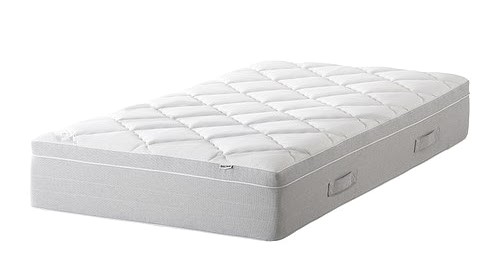When it comes to creating a functional and visually appealing living room, furniture arrangement is key. This involves carefully placing your furniture in a way that maximizes space and creates a comfortable and inviting atmosphere. By following these top 10 tips for laying out furniture in a living room, you can transform your space into a well-designed and functional area.Furniture arrangement
The first step in furniture arrangement is to consider the layout of your living room. This will depend on the shape and size of the room, as well as the placement of doors, windows, and other architectural features. Take some time to measure your space and create a floor plan, so you can easily visualize how your furniture will fit in the room.Living room layout
Once you have your floor plan, it's time to start planning how you will use the space. Think about the main function of your living room and what activities will take place there. Do you want a cozy seating area for entertaining, a designated TV-watching spot, or a combination of both? Consider the flow of traffic and how people will move through the room.Space planning
Now it's time to start placing your furniture. Start with the largest pieces, such as sofas and chairs, and arrange them in a way that creates a focal point. This could be a fireplace, a TV, or a large window with a view. Place smaller pieces, like side tables and ottomans, around the larger pieces to balance out the space.Furniture placement
When arranging your furniture, it's important to keep the overall room design in mind. If you have a modern and minimalist style, opt for clean lines and symmetrical placement. For a more eclectic and bohemian look, mix and match different textures and patterns. Don't be afraid to add personal touches, such as family photos or unique accent pieces, to make the space feel like home.Room design
Along with furniture placement, interior decorating plays a crucial role in creating a cohesive and stylish living room. Choose a color scheme that complements your furniture and accessories, and add pops of color with pillows, curtains, and rugs. Don't forget about lighting – use a mix of overhead lighting, floor lamps, and table lamps to create a warm and inviting atmosphere.Interior decorating
As you arrange your furniture, constantly refer back to your floor plan to make sure everything fits and flows well. Don't be afraid to experiment with different layouts until you find the perfect one for your space. Remember to leave enough room for traffic flow and make sure there is space to move comfortably around the furniture.Floor plan
Speaking of traffic flow, it's important to consider how people will move through the room when arranging your furniture. Make sure there is enough space between pieces for people to walk through without feeling cramped. Avoid blocking doorways or creating obstacles that make it difficult to move through the room.Traffic flow
When laying out furniture in a living room, it's important to prioritize functionality. Think about the main purpose of the room and make sure your furniture placement supports that. For example, if you frequently entertain guests, make sure there is enough seating and space for people to gather and socialize.Functionality
Last but not least, balance is key when it comes to furniture arrangement. This means distributing the visual weight of your furniture evenly throughout the room. Avoid placing all of your large pieces on one side of the room, as this can make the space feel lopsided. Instead, aim for a well-balanced and harmonious layout that creates a comfortable and inviting atmosphere.Balance
The Importance of Properly Laying Out Furniture in a Living Room

Creating Functionality
 When it comes to designing a living room, one of the most important considerations is the layout of the furniture. The way furniture is arranged can greatly impact the functionality of the space. A well-designed living room should provide a comfortable and functional space for both everyday use and entertaining guests. By strategically placing furniture, you can create a flow that allows for easy movement and use of the space.
When it comes to designing a living room, one of the most important considerations is the layout of the furniture. The way furniture is arranged can greatly impact the functionality of the space. A well-designed living room should provide a comfortable and functional space for both everyday use and entertaining guests. By strategically placing furniture, you can create a flow that allows for easy movement and use of the space.
Maximizing Space
 Another key factor in laying out furniture in a living room is maximizing space. This is especially important in smaller living rooms where every inch of space counts. By choosing the right furniture and arranging it in a way that makes the most of the available space, you can create a living room that feels open and inviting, rather than cramped and cluttered. This can also be achieved by incorporating
multi-functional furniture
that can serve multiple purposes, such as a coffee table with hidden storage or a sofa bed for overnight guests.
Another key factor in laying out furniture in a living room is maximizing space. This is especially important in smaller living rooms where every inch of space counts. By choosing the right furniture and arranging it in a way that makes the most of the available space, you can create a living room that feels open and inviting, rather than cramped and cluttered. This can also be achieved by incorporating
multi-functional furniture
that can serve multiple purposes, such as a coffee table with hidden storage or a sofa bed for overnight guests.
Creating Balance and Visual Harmony
 In addition to functionality and space,
visual harmony
should also be considered when laying out furniture in a living room. This refers to the balance and flow of the room, which can greatly impact the overall look and feel. A well-balanced living room will have a mix of larger and smaller pieces, as well as a variety of textures and colors. It is important to
avoid overcrowding
one area of the room and to create a sense of balance and symmetry through the placement of furniture.
In addition to functionality and space,
visual harmony
should also be considered when laying out furniture in a living room. This refers to the balance and flow of the room, which can greatly impact the overall look and feel. A well-balanced living room will have a mix of larger and smaller pieces, as well as a variety of textures and colors. It is important to
avoid overcrowding
one area of the room and to create a sense of balance and symmetry through the placement of furniture.
Accommodating Different Activities
 The layout of a living room should also take into consideration the different activities that will take place in the space. For example, if you enjoy watching TV, the seating should be arranged in a way that allows for comfortable viewing. If you often have guests over for game nights, consider incorporating a
game table
or creating a designated area for activities. This will ensure that the living room is not only aesthetically pleasing, but also practical and functional for your specific needs.
In conclusion, properly laying out furniture in a living room is crucial for creating a space that is both functional and visually appealing. By considering functionality, space, balance, and accommodating different activities, you can design a living room that meets your needs and reflects your personal style. So, take the time to plan and experiment with different furniture arrangements to find the perfect layout for your living room.
The layout of a living room should also take into consideration the different activities that will take place in the space. For example, if you enjoy watching TV, the seating should be arranged in a way that allows for comfortable viewing. If you often have guests over for game nights, consider incorporating a
game table
or creating a designated area for activities. This will ensure that the living room is not only aesthetically pleasing, but also practical and functional for your specific needs.
In conclusion, properly laying out furniture in a living room is crucial for creating a space that is both functional and visually appealing. By considering functionality, space, balance, and accommodating different activities, you can design a living room that meets your needs and reflects your personal style. So, take the time to plan and experiment with different furniture arrangements to find the perfect layout for your living room.










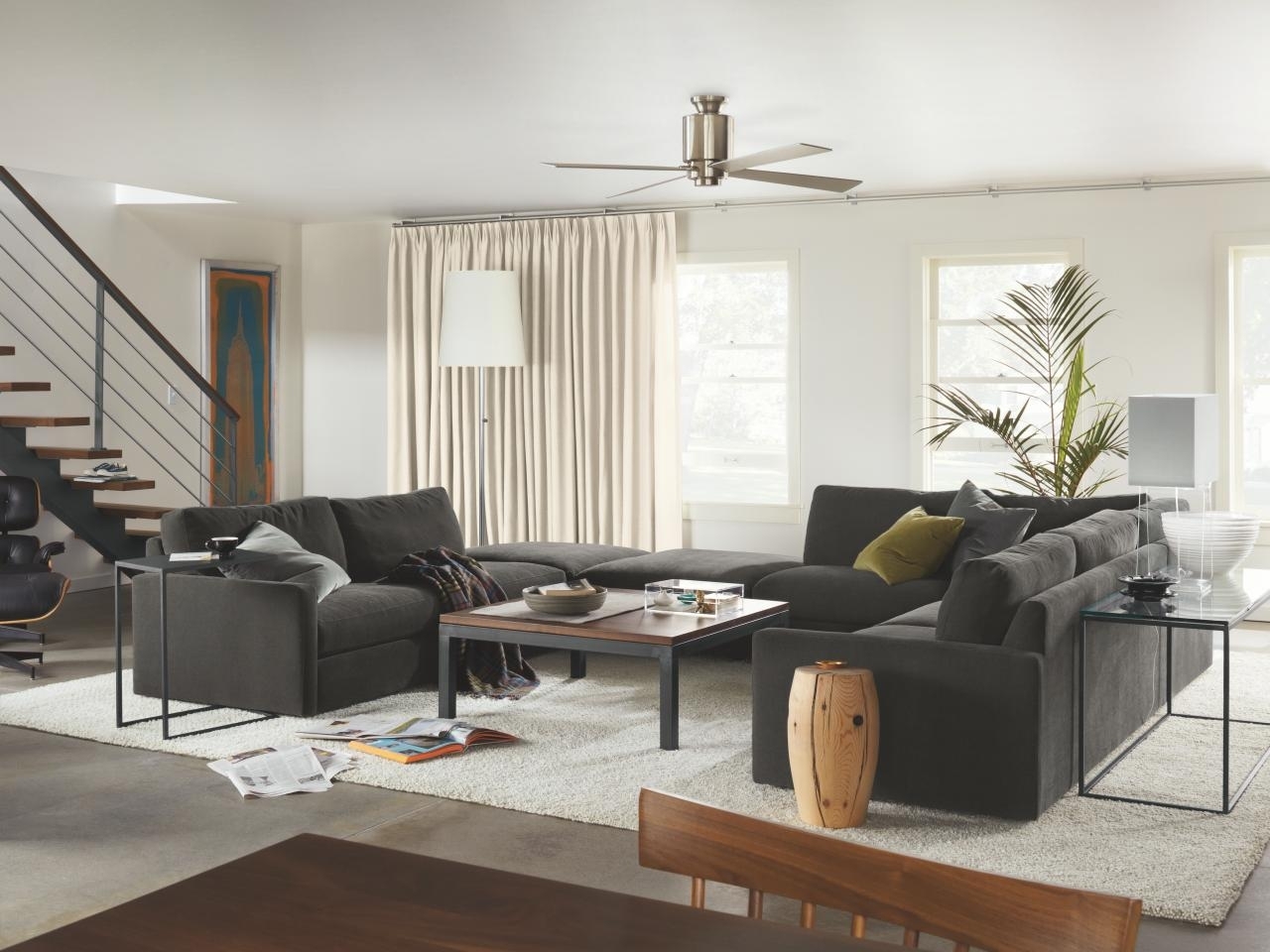

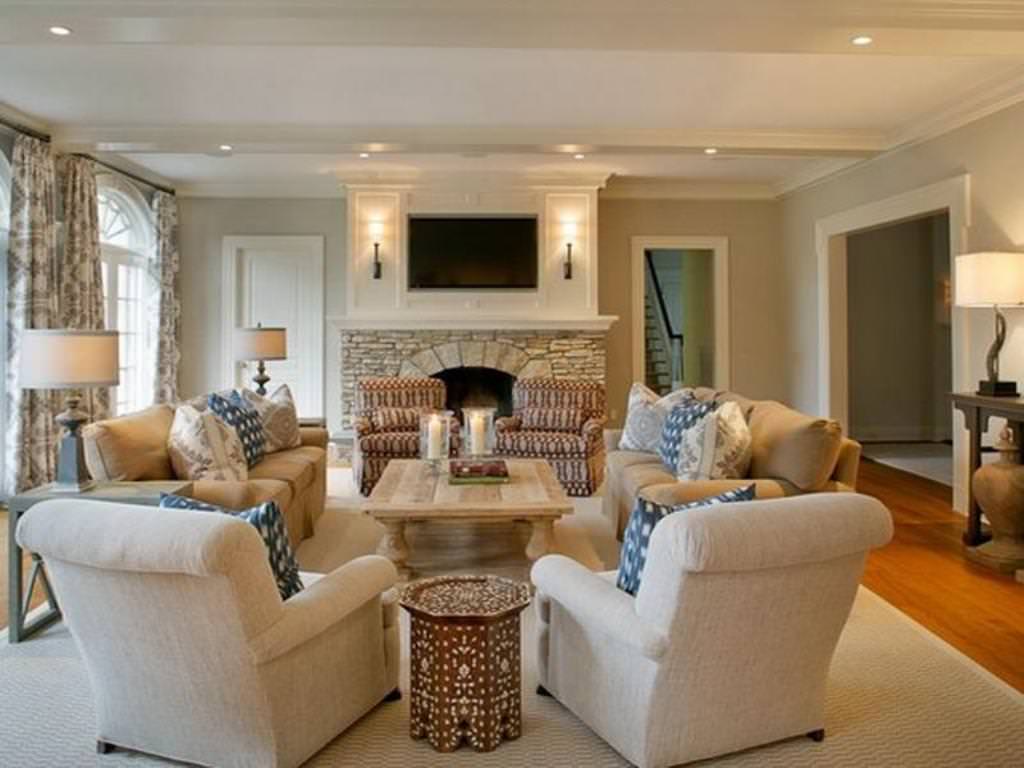








:max_bytes(150000):strip_icc()/DesignbyEmilyHendersonDesignPhotographerbyTessaNeustadt_363-fc07a680720746859d542547e686cf8d.jpeg)




















/twenty20_cc649399-40dc-4816-8620-37b365d88f70-5a01d3be22fa3a0037001998.jpg)
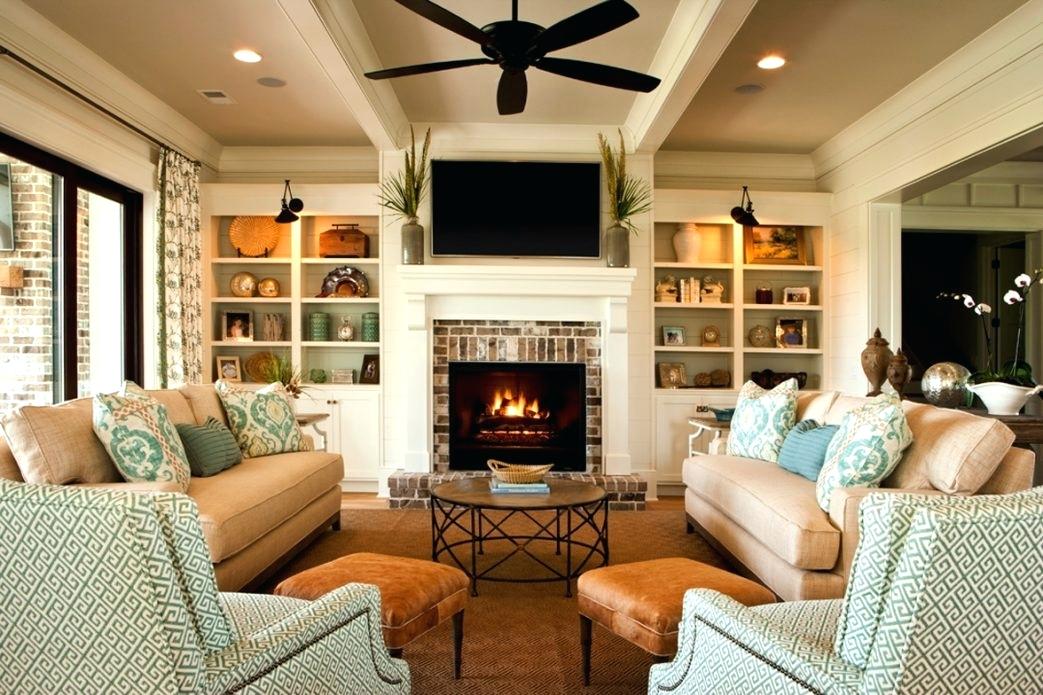




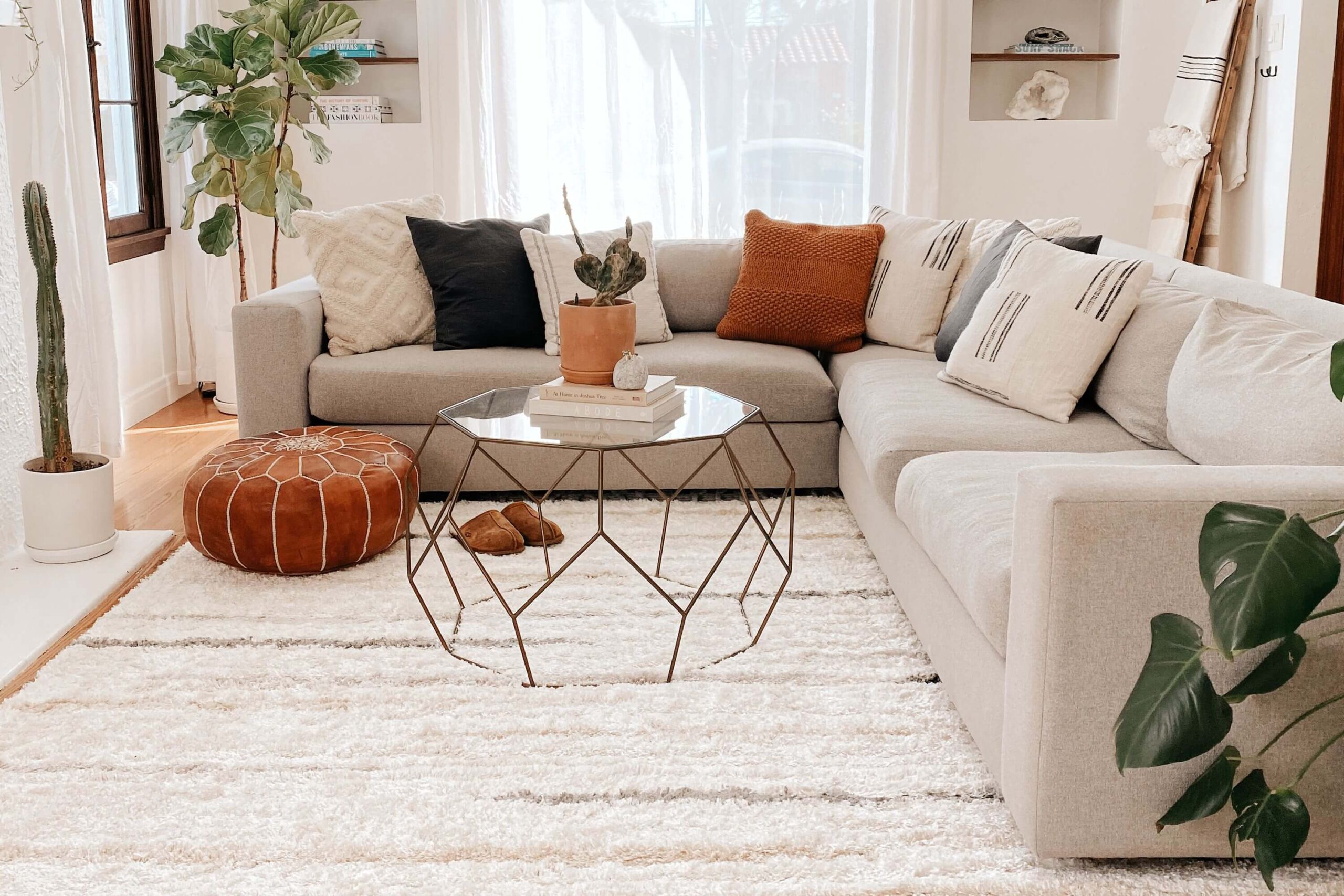











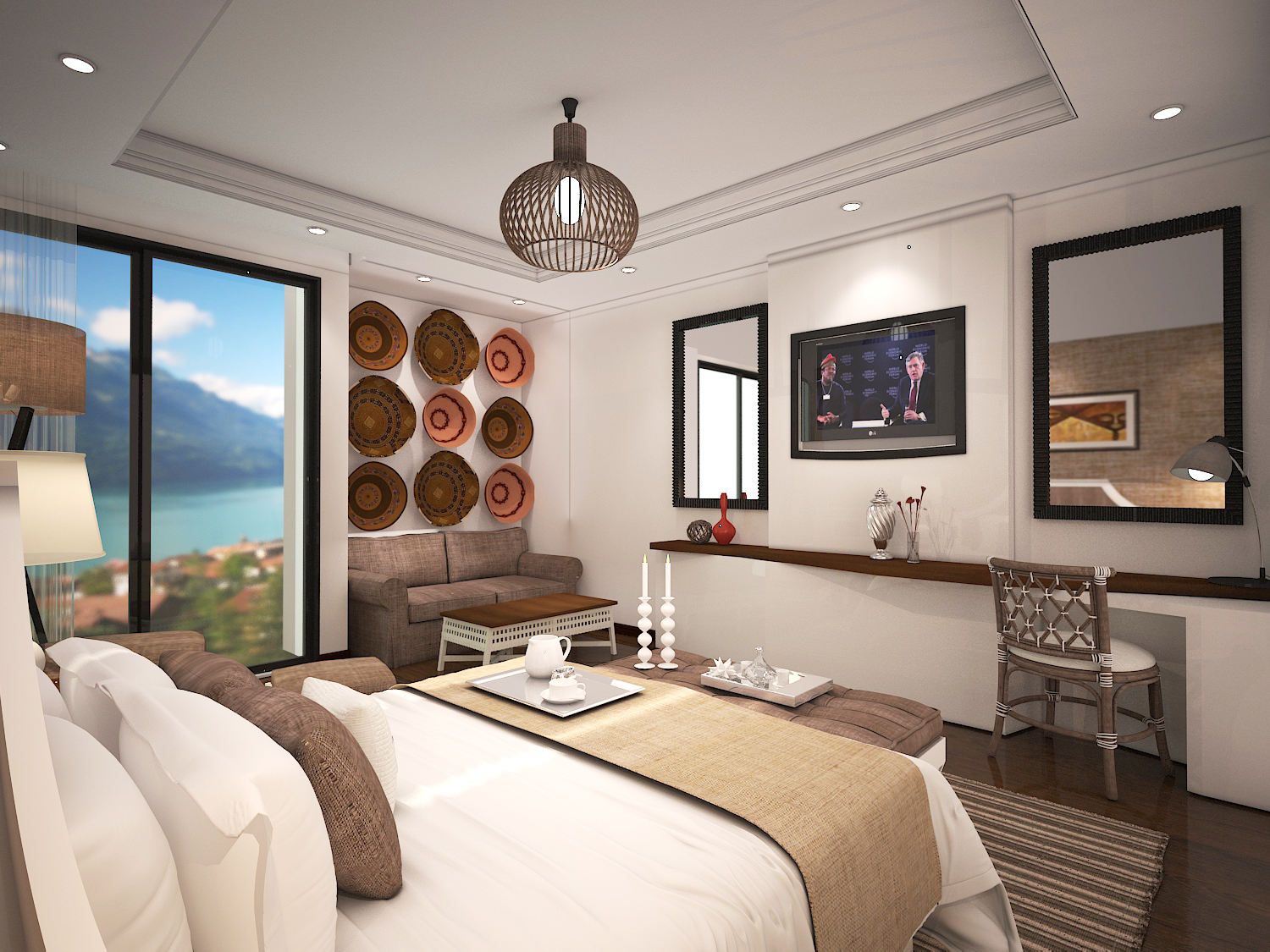




/GettyImages-1161177015-f1de4ba58a6c4f50969d9119d80405a6.jpg)

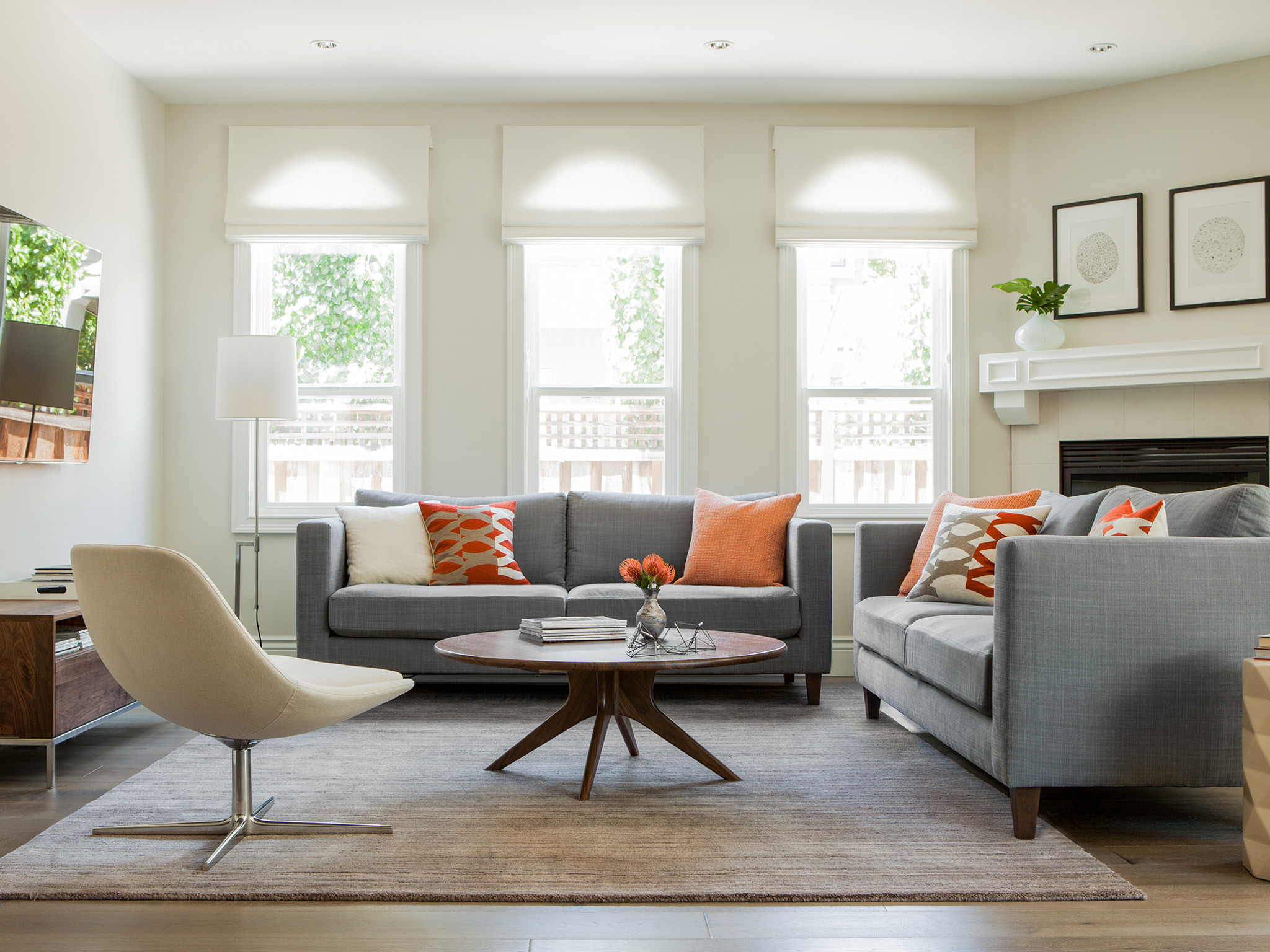




/GettyImages-9261821821-5c69c1b7c9e77c0001675a49.jpg)
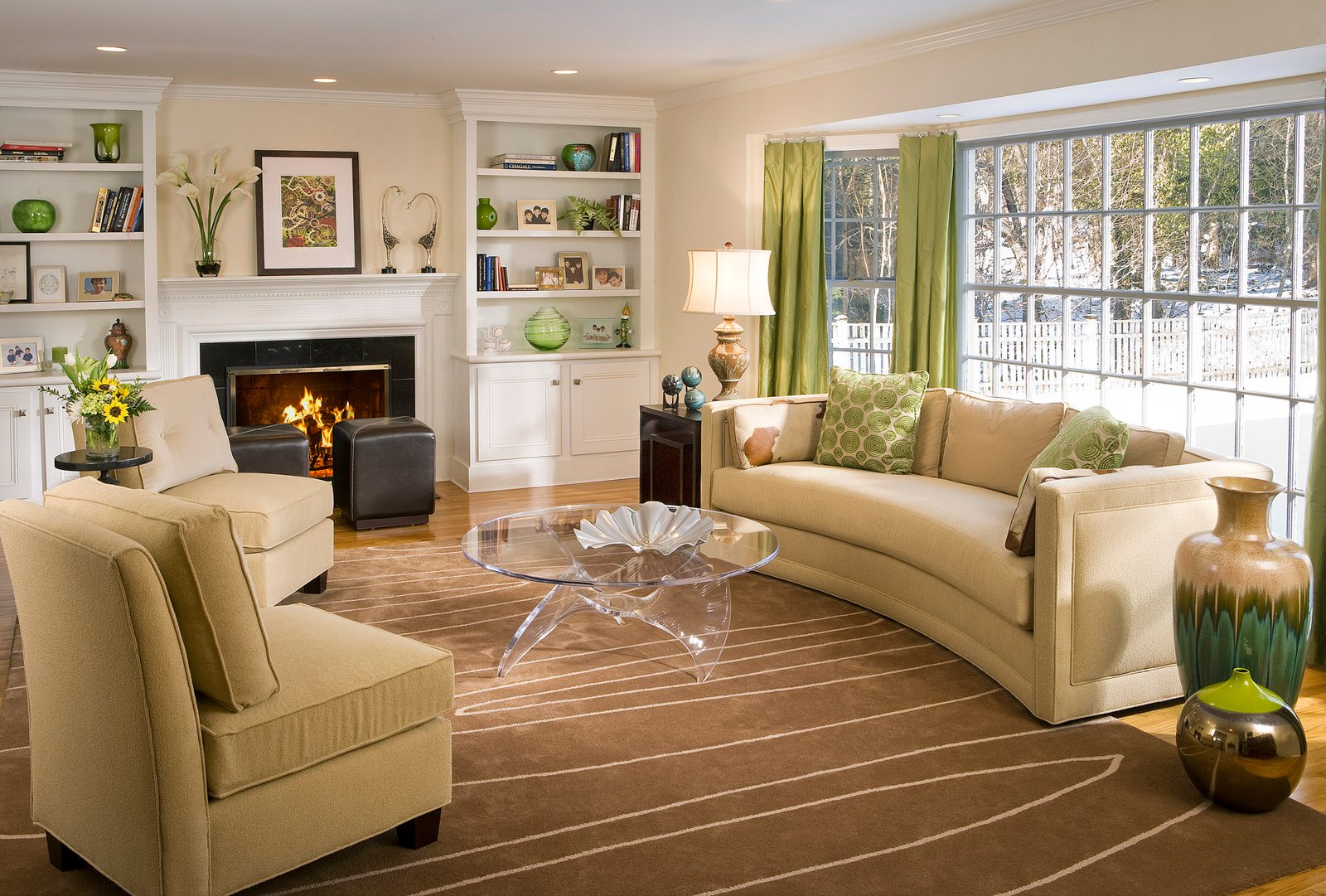



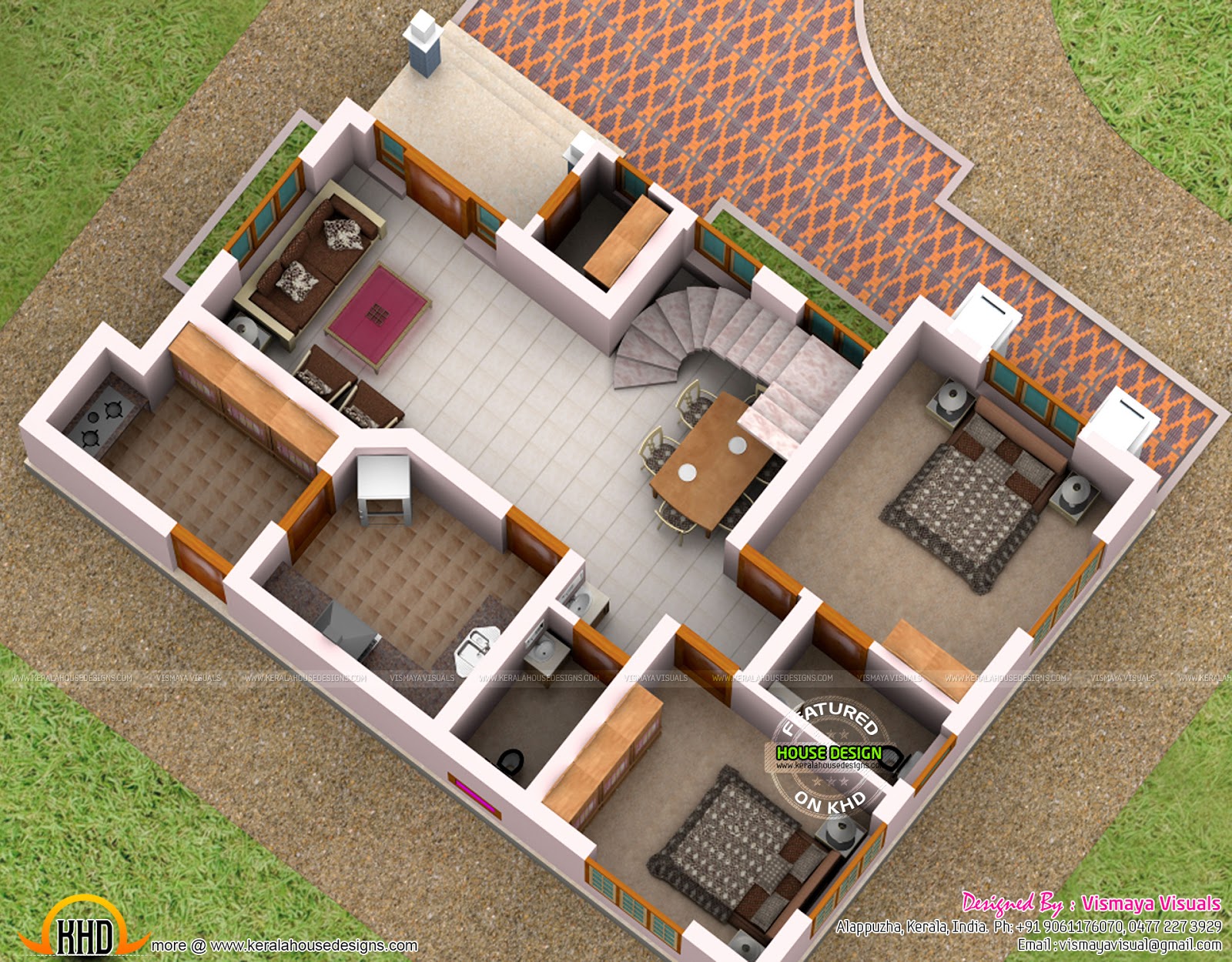





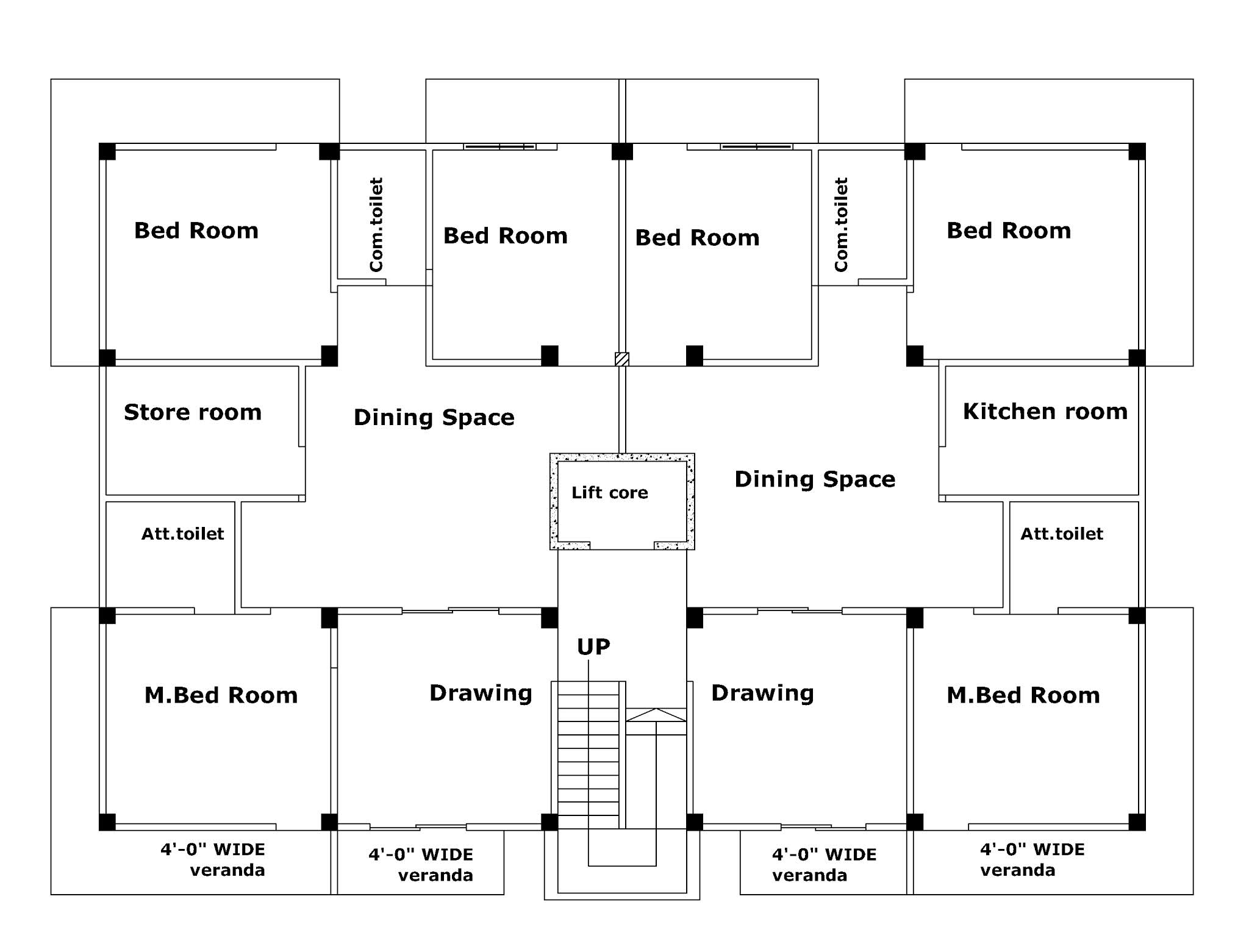




















/182786404-56a9f6725f9b58b7d00038e0.jpg)


















